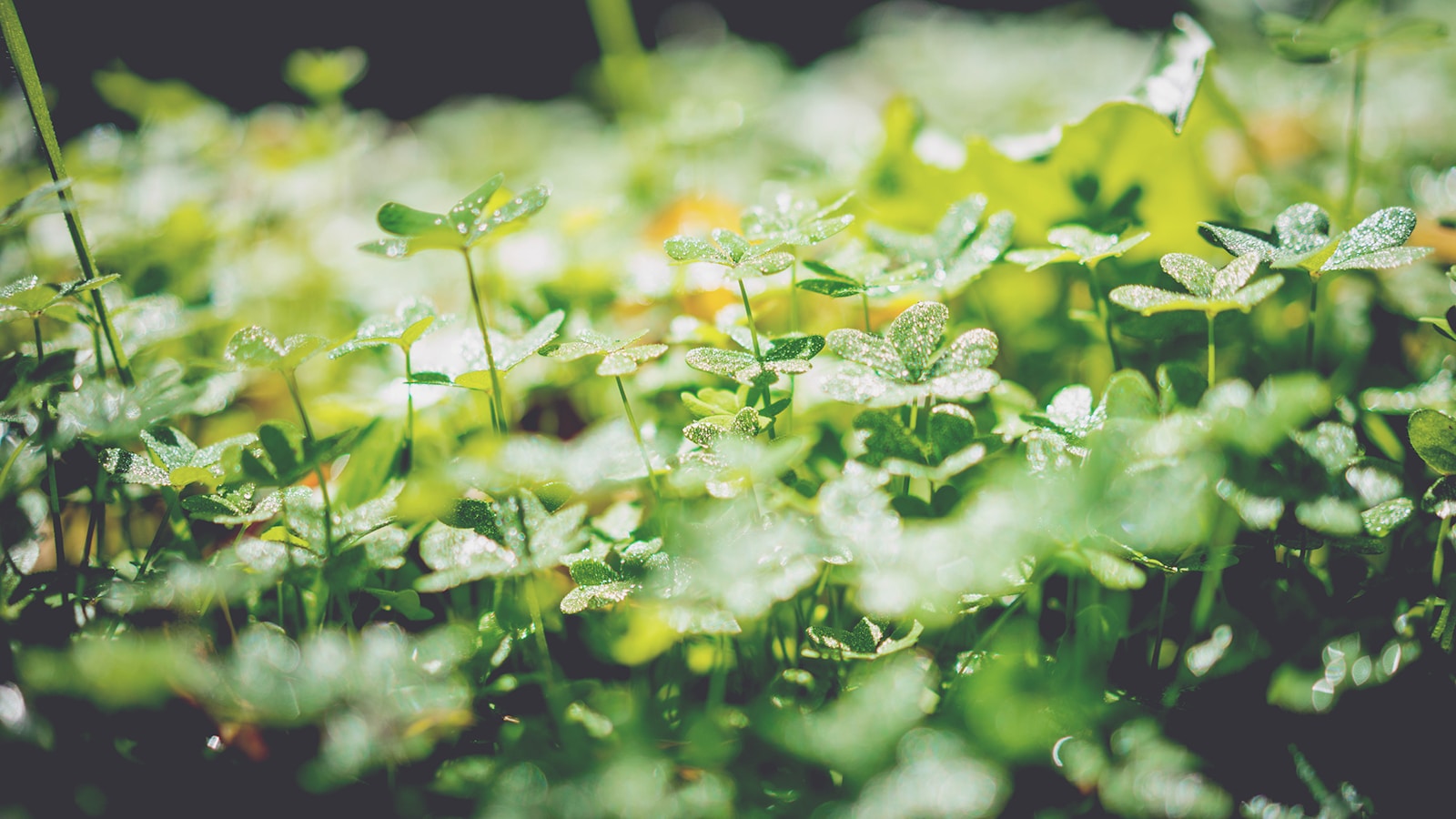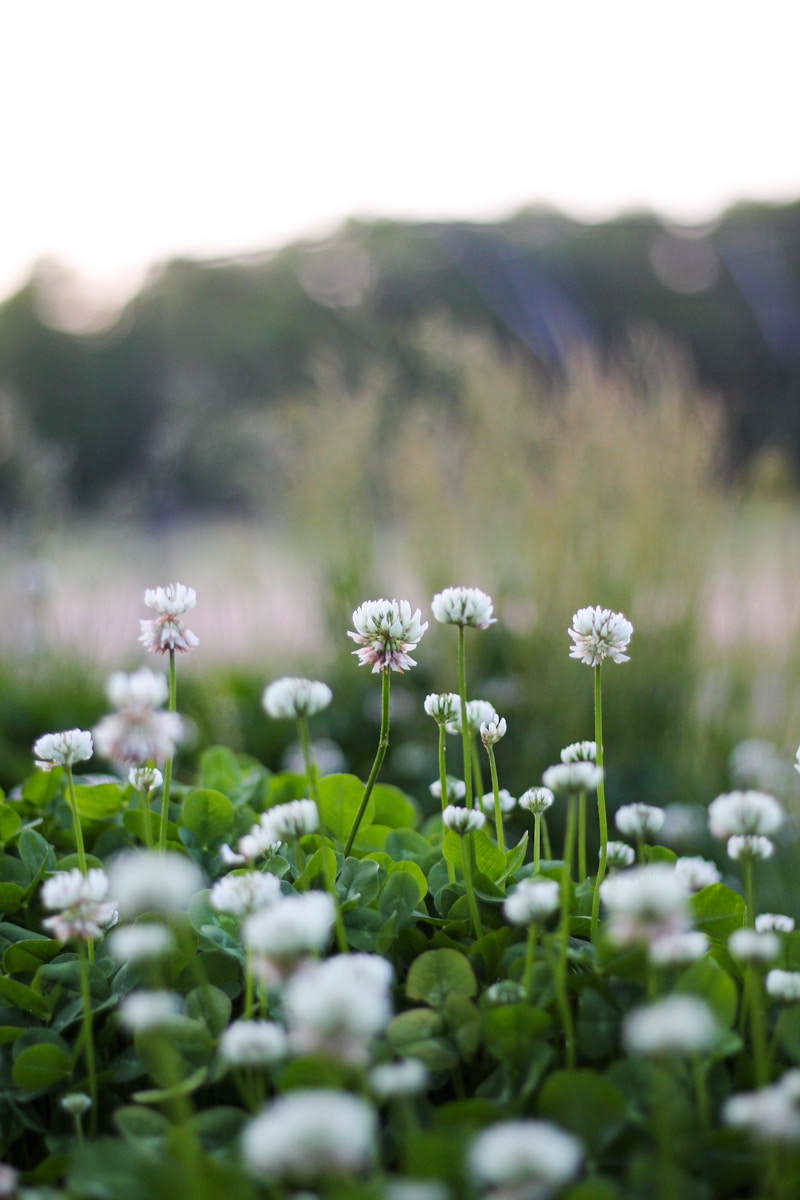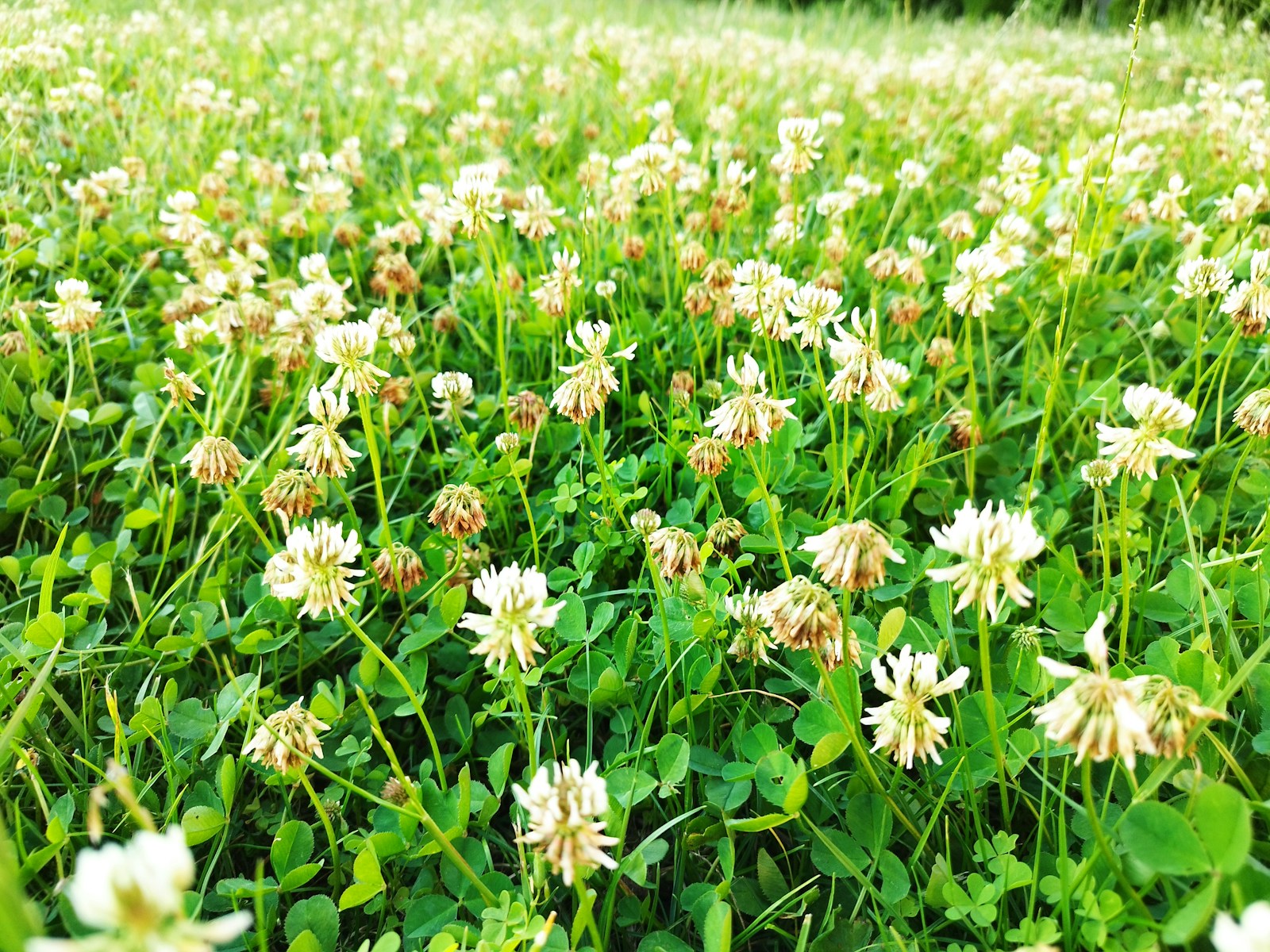Cantaloupes are a delicious and rewarding addition to any home garden, but did you know that companion planting can help boost their growth, improve flavor, and deter pests naturally? In this comprehensive guide, we will explore the best cantaloupe companion plants, provide expert-backed tips, and help you create a thriving garden ecosystem.
What Are Companion Plants?
Companion planting is a gardening practice where different plants are grown together to benefit each other. The right plant combinations can:
- Enhance growth and flavor
- Repel pests and attract beneficial insects
- Improve soil quality
- Maximize space and yield
Best Companion Plants for Cantaloupe
1. Corn
Corn provides natural shade and wind protection for cantaloupe vines, helping to prevent dehydration and sunscald.
2. Nasturtiums
These vibrant flowers repel aphids, squash bugs, and beetles while attracting pollinators that help with fruit development.
3. Radishes
Radishes deter cucumber beetles, which can spread harmful bacterial wilt to cantaloupes.
4. Marigolds
A favorite among gardeners, marigolds repel nematodes and aphids, while their bright flowers attract pollinators.
5. Lettuce
Planting lettuce around cantaloupe provides ground cover that retains moisture and suppresses weeds.
6. Beans
Beans are nitrogen-fixers, enriching the soil and promoting healthy vine growth in cantaloupe plants.
7. Onions and Garlic
These pungent crops help repel pests like aphids and caterpillars that might otherwise damage cantaloupe vines.
Plants to Avoid Planting Near Cantaloupe
Some plants can hinder cantaloupe growth or attract harmful pests. Avoid planting these near your melons:
- Potatoes: They compete for nutrients and may harbor diseases.
- Squash and Cucumbers: They can attract similar pests and promote disease spread.
- Broccoli and Cabbage: These heavy feeders can deplete soil nutrients needed by cantaloupe.
Step-by-Step Guide to Companion Planting with Cantaloupe
- Plan Your Garden Layout:
- Place taller companions like corn at the northern edge to avoid shading cantaloupes.
- Use companion plants as natural borders to maximize space.
- Prepare the Soil:
- Add organic matter like compost to enrich soil fertility.
- Ensure proper drainage to prevent root rot.
- Plant Strategically:
- Space cantaloupe vines 36-42 inches apart.
- Interplant flowers and leafy greens to optimize growth.
- Monitor Growth:
- Watch for pest activity and adjust companion plants if needed.
- Use mulch to retain moisture and reduce weeds.
Common Companion Planting Mistakes and How to Avoid Them
- Overcrowding: Ensure proper spacing to allow good air circulation and prevent disease.
- Ignoring Soil Needs: Test soil regularly and amend accordingly to maintain nutrient balance.
- Neglecting Pollinators: Avoid pesticide overuse to protect pollinators vital for fruiting.
Sustainability and Environmental Considerations
Companion planting naturally enhances biodiversity, reducing the need for chemical fertilizers and pesticides. This eco-friendly approach promotes:
- Healthier soil with improved microbial activity
- Increased resilience to pests and diseases
- Sustainable food production with fewer resources
Case Study: Companion Planting Success in a Home Garden
Mary, a home gardener in Iowa, struggled with cucumber beetles attacking her cantaloupe plants. After introducing radishes and marigolds, she noticed a significant decline in pest activity, leading to a healthier, more productive harvest.
Final Thoughts
Companion planting is a powerful, natural way to boost cantaloupe growth, protect against pests, and optimize garden space. By choosing the right plant partners, you can enjoy a bountiful harvest while fostering a sustainable, thriving garden ecosystem.



